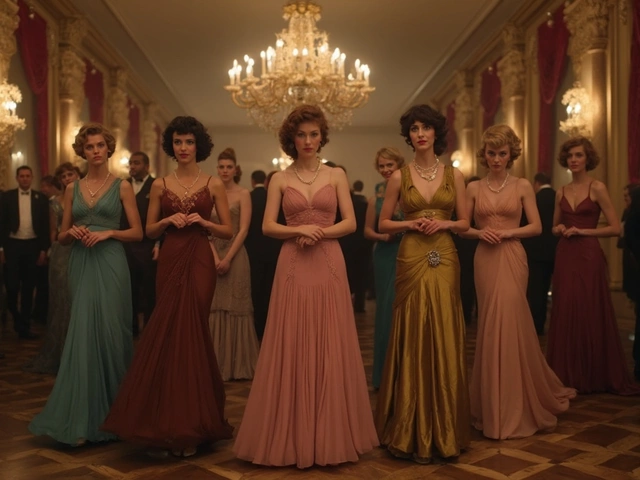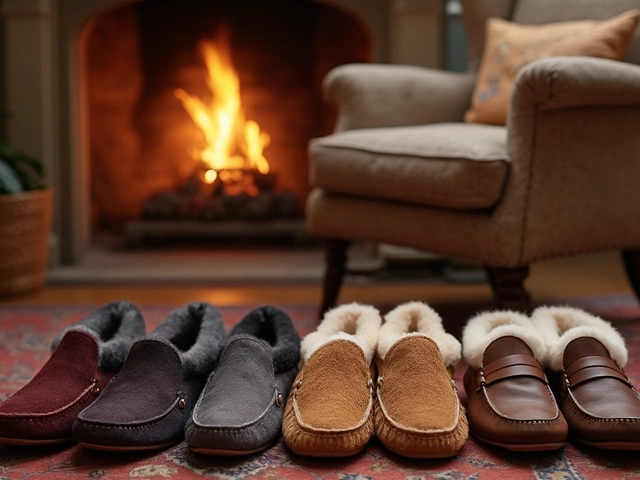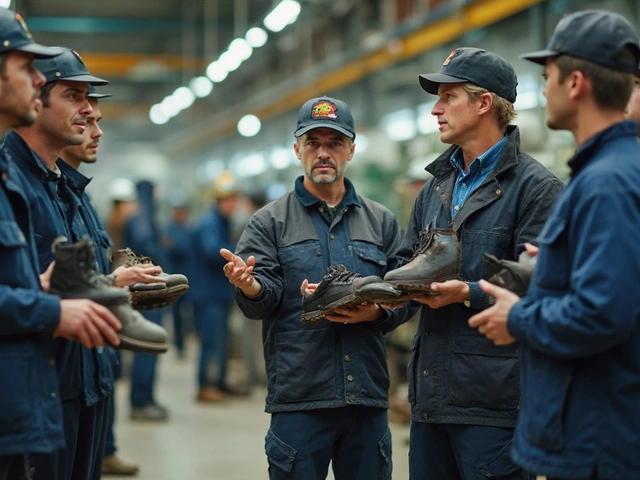Sportswear Guide: What Counts as Sportswear and How to Choose the Best Outfits
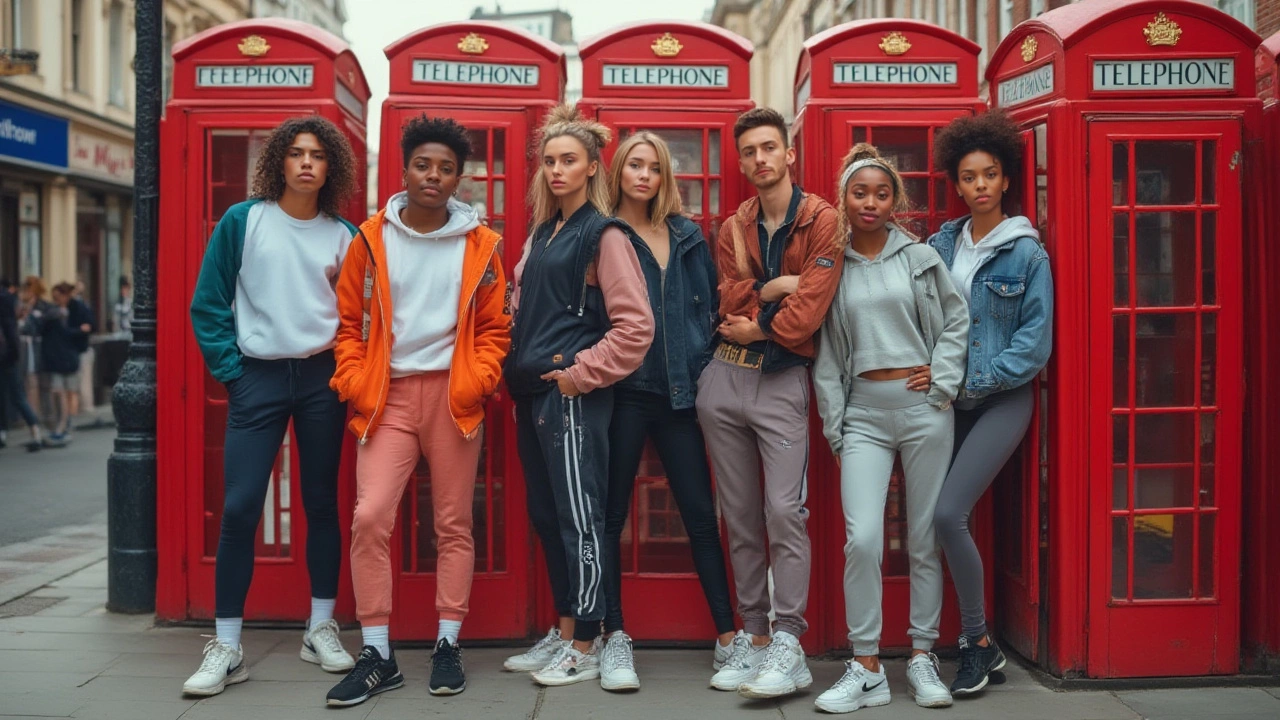
- Cleo Fairchild
- 19 July 2025
- 0 Comments
Ever tried to wear joggers to the office, only to get weird looks? Or noticed how half your favorite celebrities seem to live in hoodies and sneakers, yet call it a "look"? Sportswear is everywhere, but figuring out where the line is drawn between gym gear and your weekend get-up can get confusing. So, what exactly is classed as sportswear, and why should you care? Whether you're a yoga junkie, a runner, or just someone who values stretchy pants, you’re probably living in more sportswear than you realize.
Defining Sportswear: More Than Just Gym Clothes
Let’s just say this upfront—sportswear is a whole universe, not just a pair of running shorts. It covers clothing designed for sports, physical activity, and exercise, but in 2025, the boundaries are much looser than they were a few decades ago. Picture your favorite active hoodie, those leggings you run errands in, or even the crisp polo shirt you wore to brunch last Sunday. All that lives in the wide world of sportswear.
Back in the 1920s and 30s, sportswear was mainly about function. Think tennis whites and wool swimsuits—hardly the comfy, high-tech pieces we throw on after work these days. Fast-forward to the explosion of brands like Adidas (founded in 1949), Nike (1964), and Under Armour (1996), and suddenly, sportswear isn’t just stuff you sweat in. It’s in schools, offices, and every city sidewalk.
Officially, sportswear usually includes:
- Tracksuits
- Shorts and running briefs
- Leggings and yoga pants
- Sports bras
- T-shirts and tank tops (especially moisture-wicking ones)
- Hoodies, sweatshirts, and zip-ups
- Athletic socks and footwear
- Jerseys and team kits
- Polo shirts for sports like golf or tennis
- Specialized wear like rash guards or ski suits
The real deal breaker for what counts? Fabric. Sportswear uses blends that keep you cool (think polyester, nylon, spandex, and, more recently, recycled PET bottles). These materials wick away sweat, stretch, and move with your body, and dry faster than your typical work shirt. A 2023 NPD Group survey found 74% of adults in the US owned at least three pieces of performance fabric sportswear—not just for working out, but for daily life.
Here’s a quick peek at some common sportswear fabrics and their perks:
| Material | Main Benefit | Common Use |
|---|---|---|
| Polyester | Moisture-wicking, quick dry | T-shirts, shorts, leggings |
| Nylon | Durable, stretchy | Active leggings, windbreakers |
| Spandex (Lycra) | Maximum stretch | Sports bras, compression gear |
| Cotton blends | Soft, breathable | Joggers, casual tees |
| Merino wool | Temperature regulating | Running socks, base layers |
Sportswear is changing as designers care more about sustainability. Big brands like Nike, Adidas, Reformation, and Girlfriend Collective now use recycled fibers and eco-dyes to make quality activewear. That old stereotype of saggy, shapeless sweatpants? Not anymore.
The Evolution of Sportswear From Function to Fashion
The story of sportswear has had some wild plot twists. Back in the 1970s and 80s, sports stars like Michael Jordan and Serena Williams didn’t just influence what we watched, but what we wore. The “athleisure” trend bubbled up from pro athletes showing up to press events in tracksuits and trainers, looking just as sharp as they did in a suit. By the early 2010s, thanks to celebrities and Instagram, sportswear became its own fashion statement.
Today, people blur the lines on purpose. A 2024 Fashion Retail Academy study found one in five shoppers picked sportswear for work-from-home days. Brands seized the moment, mixing functional performance with cool tailoring: joggers with tuxedo stripes, zip-ups that double as bomber jackets, leggings that look just as good at brunch as in barre class. Even luxury labels (looking at you, Gucci and Balenciaga) have gotten in on the action, dropping activewear collaborations that sell out in hours.
The rise of "technical fabrics" makes this all possible. Waterproof shells that weigh less than your phone, tights that support your every muscle group, shoes that track your steps in real time—technology has made sportswear exciting even for people who hate the gym. Lululemon’s Align pants, revered for their weightless feel, pulled in $1.5 billion in sales globally in 2023 alone, driven mostly by non-athletes who just love the comfort.
But it’s not all style over substance. Brands work with athletes to create better gear for every sport, from anti-blister tennis socks to high-compression running shorts that reduce muscle fatigue. You’ll see company-funded studies that prove their gear can help prevent injuries or shave seconds off lap times. Whether this matters for your 10-minute daily stroll is up for debate, but for elite athletes, it’s everything.
Superstars aside, the point is: sportswear adapts to real people’s lives. This fluid definition means your favorite yoga set, oversized hoodie, or even vintage track jacket all fall under the sportswear umbrella now. The practical stuff—pockets that fit your phone, leggings that don’t roll down, quick-dry fabrics—has become fashion’s must-have, and the world followed. Even if you don’t exercise, you probably wear sportswear every week and didn’t realize it.
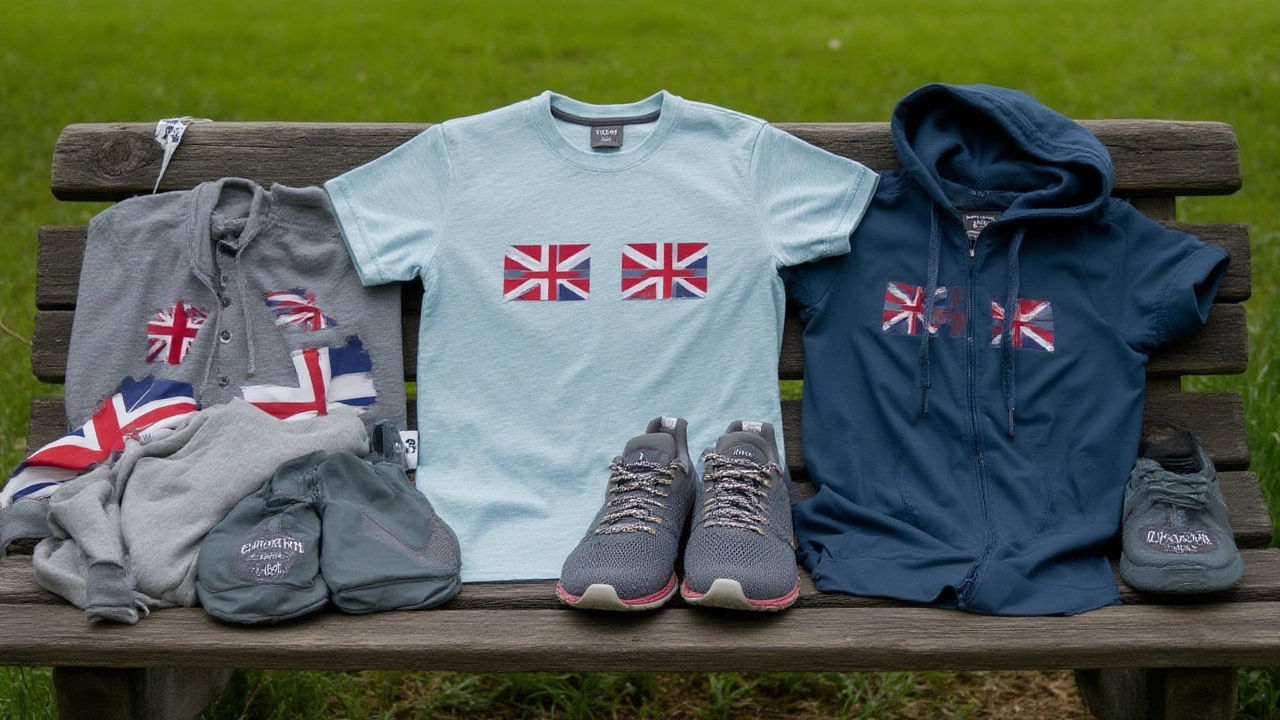
What Is and Isn’t Sportswear? Clearing up Common Confusion
This is the million-dollar question that sparks a thousand sighs in clothing stores: is this gym gear, or can I wear it to coffee with friends? The tricky thing is, sportswear isn’t just one style or even one occasion—it’s about intention, material, and sometimes even branding.
Your run-of-the-mill jeans? Not sportswear. But switch to jeggings made from performance material and suddenly, you’ve crossed the line. A classic crewneck sweater doesn’t count, but grab a moisture-wicking, stretch-blend crewneck, and you’re firmly in sportswear territory. Shoes add another layer: running shoes or basketball sneakers? Sportswear. Fashion boots? Not so much.
Ask “Could I comfortably work out in this?” That’s usually the test. Here are some handy tips for telling what counts as sportswear:
- Fabric check: Functional blends that manage moisture or stretch with you—sportswear. 100% wool, linen, or silk? Usually not.
- Design and shape: Cinched waists, elastic cuffs, built-in bras, ventilation panels—all signs you’re holding a sportswear piece.
- Branding or detailing: Reflective stripes, mesh pockets, zip vents, or thumb holes are dead giveaways for activewear.
- Intended use: Would a personal trainer, runner, or yoga teacher wear it comfortably? Probably sportswear.
- Tops, bottoms, outerwear: Many casual tees, hoodies, or even bomber jackets are now designed to double up, but check for tech features—like quick-drying or breathability—for confirmation.
There’s plenty of overlap with other categories, especially now that streetwear and loungewear often use the same fabrics as sportswear. However, pajamas and fluffy slippers, even if made with stretchy material, don’t count. Sportswear always includes an element of performance or movement in its DNA—even if you’re just performing a coffee run instead of a marathon.
Some active-inspired pieces get rebranded as “fashion sportswear”—think a hoodie lined with fleece and cut to sit perfectly over tailored pants. These are hybrids, and it’s fine to lean into them for style. If the outfit could reasonably hold up to a game of basketball or a sprint to the bus, you’re wearing sportswear. And don’t forget accessories—caps, sweatbands, and backpacks with water-bottle pockets count, too.
This doesn’t mean you must only wear sports-branded clothing after the gym. In fact, the most stylish sportswear outfits mix high and low: a crisp sports bra with a lightweight blazer, running shoes with a midi dress, or performance leggings with a tucked-in graphic tee. That’s how the coolest looks come together.
So next time you’re shopping or hitting your closet, remember—the tag that says “active” isn’t a trick. If it branches beyond comfort and gets you moving (or could), then you’re inside the wide, ever-evolving world of sportswear.
Smart Tips for Choosing and Wearing Sportswear
If “athleisure” is now a permanent part of your wardrobe, it pays to know how to shop smart. Not all sportswear is made the same, and too many logos might scream “I just left the gym” when that isn’t the vibe you’re after. Here’s how to make sportswear work for your life, no matter your plans.
- Fit is everything: Compression gear should feel supportive, not suffocating. Oversized hoodies should drape, not swallow you. Try on before you buy, if you can.
- Quality over quantity: Well-made leggings or a breathable tee don’t have to be super expensive, but the good stuff does last. Check seams for sturdiness, and avoid see-through materials for bottoms.
- Move with purpose: Plan on running? Optical-correct tights and moisture-wicking shirts make sense. Just need something for strolling or lounging? Softer cotton blends and looser fits work best.
- Mix high with low: Dress up running shoes with jeans and a blazer, or pair yoga leggings with an oversized sweater. Sportswear loves to play with contrast.
- Layer like a pro: Weather is wild, and the best sportswear lets you adapt—tank under a zip-up, windbreaker over a hoodie, rain shell packed in your tote.
- Watch for “fake” sportswear: Some brands use “athletic” styling but skimp on the tech fabric or breathability. Choose trusted labels or read fabric tags to make sure you’re getting the real deal.
- Don’t skip care instructions: A big cause of stinky or stretched-out sportswear? Washing wrong. Turn items inside out, wash in cold, and skip fabric softener (it clogs wicking material!).
People think you have to be a fitness junkie to own real sportswear, but honestly, it’s anyone who values comfort, durability, and a bit of street style. The best pieces are versatile enough to go from treadmill to taco night, and there’s zero shame in hunting those sale racks for the next pair of perfect joggers or the hoodie that’ll become your “wear every day” hero.
Let’s not ignore kids’ sportswear. With after-school activities and playground action, children burn through gear faster than adults. Look for reinforced knees in joggers, adjustable waists, and machine-washable fabrics. According to a 2024 survey by Statista, sales of kids’ sportswear shot up 18% last year as parents tried to keep up with growing, active kids.
If self-expression is your thing, go wild with colors and prints. Collabs between artists and sports brands pop up every season—in 2025, Adidas x Bad Bunny and Nike’s space-inspired Dri-FIT lines turned heads. But even the most understated monochrome set counts as sportswear as long as it’s built for motion.
Here’s something cool: new tech lets you customize sportswear on demand. Companies now offer 3D scanning at flagship stores, creating pieces made for your exact body. Several startups, like Vollebak and Ministry of Supply, now offer clothing with temperature sensors and “smart” fabrics that resist odor for days. That’s the future of sportswear—personalized, high-tech, and always ready to move.
If you’re still in doubt, remember, real sportswear feels good, lasts a long time, and moves with you—whether that’s toward a sprint session or a Sunday Netflix binge. Comfort and function are always in, and this is one wardrobe trend that’s here to stay.
